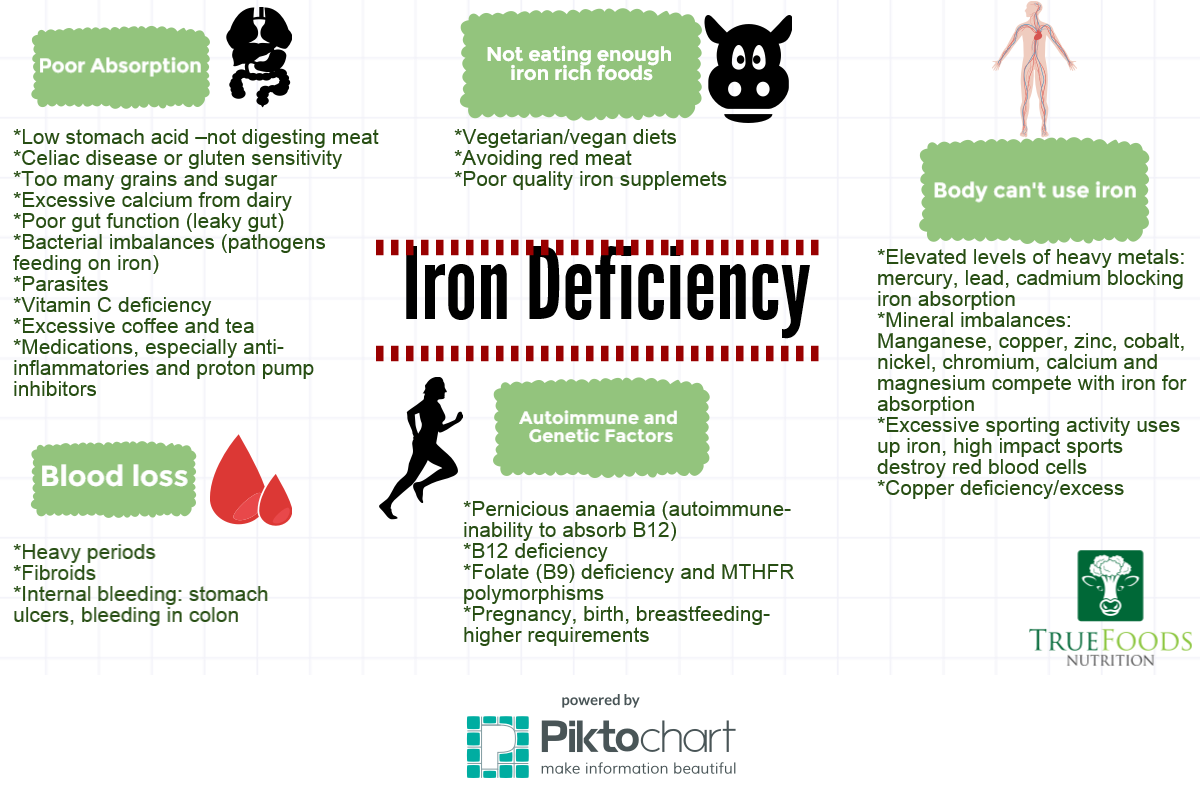Table Of Content

Biotin deficiency causes hair loss, but there are no evidence-based data that supplementing biotin promotes hair growth. Moreover, exogenous biotin interferes with some laboratory tests, creating false negative or false positive results. Hypervitaminosis A causes hair loss, and data on the effects of isotretinoin in hair loss support this association. The role of iron during the hair cycle has not been well studied. In 2006, an investigative study described gene expression specific to the bulge region of the hair follicle [116].
Can low iron cause changes in the hair’s texture?
The recommended dietary allowance of vitamin A for adults aged ≥ 19 years is 1300 mcg/day (4300 IU [international units]) for U.S. populations. While there is no upper intake level for provitamin A carotenoids, ingestion of very high levels of preformed vitamin A can be toxic. For adults aged ≥ 19 years, the tolerable upper intake level of preformed vitamin A is 10,000 IU [13]. It is therefore important to consider what form of vitamin A is contained in supplements (provitamin A carotenoids or preformed vitamin A) and in what proportion.
Dry and damaged hair and skin
You can also try consuming more foods with vitamin C––like grapefruit, oranges, peppers, and potatoes––as vitamin C is known to help the body absorb more iron. In more severe cases of anemia, iron supplements may be needed for hair regrowth and to prevent future hair loss. One small study found that ferritin levels were significantly lower in women with hair loss.
Iron deficiency and hair loss: what’s the connection?
When hemoglobin levels are low with iron deficiency, oxygen levels are also low. This means that your muscles won’t receive enough oxygen to do everyday activities, such as walking. Skin that’s paler than usual in areas like the face, lower inner eyelids, or nails may be a sign of iron deficiency. This paleness is due to low levels of hemoglobin, which gives blood its redness. Here are 14 signs and symptoms of iron deficiency, starting with the most common. Also, find out how to recognize anemia in children and older adults, and when to see a doctor.
Men's Health
Your doctor can help you change your diet to get the right amount of iron for your needs. Traction alopecia is the result of environmental factors, such as wearing your hair in tight hairstyles, Agbai says. Telogen effluvium refers to the excessive shedding of hair follicles, and it occurs when hair follicles prematurely skip to the end of the hair growth cycle, she adds. Losing your hair can be distressing, there’s no doubt about that. But knowing the cause can help you learn how best to treat and manage this symptom.
The Role of Vitamins and Minerals in Hair Loss: A Review

The hair follicles may also have trouble growing new cells when iron stores in the body are too low, leading to slowed growth. However, there are some steps you can take to prevent both iron deficiency and any potential hair loss, by ensuring you look after your body and general health. There are many different types of hair loss, and only a doctor can diagnose the cause by considering a range of factors including general health, genetic history, age, and gender.
Further investigation revealed that she had been taking a daily vitamin A supplement (5000 IU) and that her vitamin A serum levels were well above normal (140 μg/dL). Gentle traction yielded four to five hairs, all of which were in the telogen phase. One month after termination of vitamin A supplementation, hair loss was no longer a problem. The authors concluded that signs of hypervitaminosis A were misinterpreted as symptoms of chronic renal failure.
inherited genetic disorders and inflammatory diseases
Surgery, childbirth, or an injury can also cause excessive blood loss. After donating blood, you may also be a little low in RBCs for a few days. However, in healthy people who donate blood, RBC volume is usually corrected without noticeable symptoms. If you're pregnant and not taking prenatal vitamins, you may fall short of this goal.
Androgenetic alopecia (AGA), telogen effluvium (TE) are two common types of hair loss. Studies show that supplementing the diet with low levels of vitamin D can improve symptoms of these diseases. If a patient with AGA or TE has low iron levels (more commonly seen in females), supplementation is also recommended. These iron-deficient patients should also ensure their vitamin C intake is appropriate.

Avoid using any hair growth treatments unless otherwise directed by your doctor. Having low ferritin interferes with your body’s role in making red blood cells. Red blood cells are important for the transfer of oxygen throughout your body. Without enough red blood cells, your organs and major systems don’t work as effectively.
However, most causes of hair loss are not from a lack of iron, but from a genetic predisposition to hair loss. We often call this genetic hair loss androgenetic alopecia, with includes male pattern hair loss as well as female pattern hair loss. Improvements to hair health and hair regrowth take time, and patience is key. Some people may have to wait months before seeing a noticeable improvement to the health of their hair. However, correctly treating low ferritin levels might help restore a person’s natural, healthy hair.
Yulia Treister-Goltzman, Roni Peleg, and Shaked Yarza equally contributed to the design of the research. Yulia Treister-Goltzman and Roni Peleg equally contributed to the acquisition of the data. Yulia Treister-Goltzman and Shaked Yarza equally contributed to the analysis of the data. All the authors critically revised the manuscript, agreed to be fully accountable for ensuring the integrity and accuracy of the work, and read and approved the final manuscript.
If a thyroid issue is behind your hair loss, there are steps you can take. If you’re noticing that you’re starting to shed more hair than usual, be sure to speak with a provider. With any kind of extreme hair loss, there are things you can work into your everyday hair routine that can help.
Understanding the underlying cause of your hair loss is absolutely necessary in determining the best approach to halt and reverse any further damage to your hair and scalp. In truth, rapid hair loss and thinning can happen for a number of reasons, including medications, medical conditions or simply the passing of time. Whether you know you have a thyroid condition or not, it may be worth looking into the connection between your hair’s health and your thyroid. In pregnancy, iron deficiency anaemia is most often caused by a lack of iron in your diet. Heavy periods and pregnancy are very common causes of iron deficiency anaemia.
Iron deficiency anaemia happens when you don’t have enough iron in your body. Iron is an essential nutrient that we all need for a well-functioning body. The body can’t produce iron, so it must be obtained by eating a balanced diet of iron-rich foods. However, there are many other hair regrowth treatments available. People with hair loss should talk to their doctor about treatment options.
If nothing seems to work to bring your hair back to how it was before iron deficiency anaemia, you might want to check if it’s not too late to have a hair transplant. While you may feel disheartened to see your hair looking thin or brittle as a result of iron deficiency, this underlying cause is treatable. Keep reading to find out more about iron-deficiency anaemia and the role it plays in hair health.

No comments:
Post a Comment